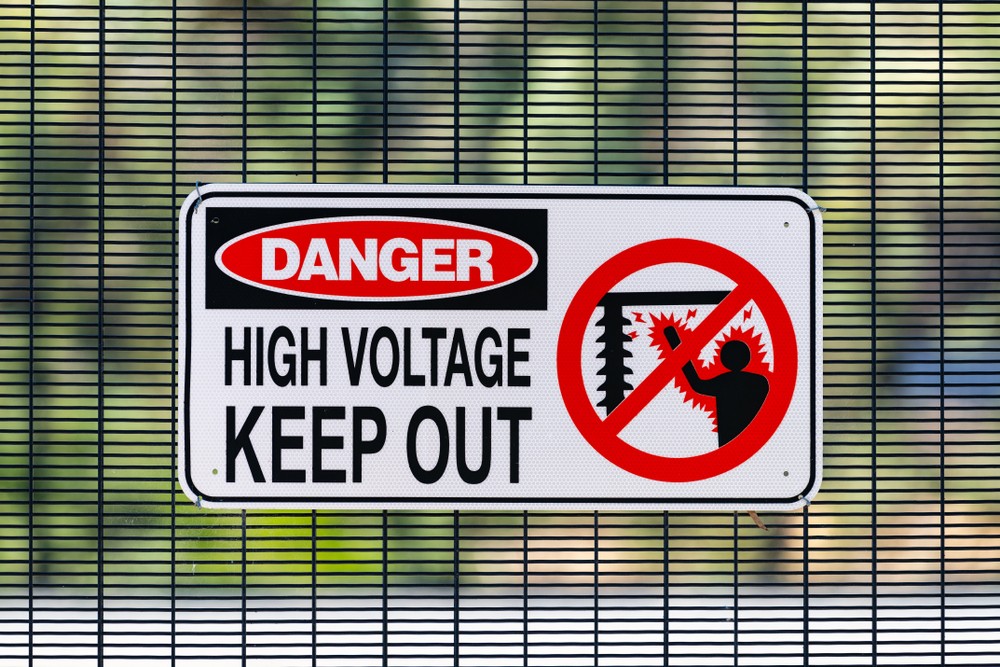What Does Roar Solutions Do?
What Does Roar Solutions Do?
Blog Article
Roar Solutions for Dummies
Table of ContentsRoar Solutions - QuestionsThe Only Guide for Roar SolutionsGetting The Roar Solutions To Work
In order to shield setups from a potential surge a method of analysing and categorizing a potentially hazardous area is required. The purpose of this is to ensure the right choice and setup of equipment to inevitably prevent an explosion and to make certain safety of life.
(https://sandbox.zenodo.org/records/174151)
No tools needs to be mounted where the surface area temperature of the equipment is above the ignition temperature of the given danger. Below are some common dust hazardous and their minimal ignition temperature. Coal Dirt 380C 225C Polythene 420C (thaws) Methyl Cellulose 420C 320C Starch 460C 435C Flour 490C 340C Sugar 490C 460C Grain Dust 510C 300C Phenolic Material 530C > 450C Aluminium 590C > 450C PVC 700C > 450C Soot 810C 570C The probability of the risk being existing in a focus high enough to trigger an ignition will certainly differ from location to location.
In order to identify this threat an installation is divided right into areas of threat relying on the amount of time the unsafe exists. These areas are described as Zones. For gases and vapours and dusts and fibres there are three zones. Area 0 Zone 20 A hazardous ambience is very likely to be present and may be present for extended periods of time (> 1000 hours per year) or perhaps constantly Zone 1 Zone 21 A harmful ambience is feasible but not likely to be existing for extended periods of time (> 10 450 C [842 F] A classification of T6 means the minimal ignition temperature is > 85 C [185 F] Hazardous area electric tools possibly created for use in higher ambient temperatures. This would showed on the score plate e.g. EExe II C T3 Ta + 60C( This implies at 60C ambient T3 will certainly not be exceeded) T1 T1, T2, T3, T4, T5, T6 T2 T2, T3, T4, T5, T6 T3 T3, T4, T5, T6 T4 T4, T5, T6 T5 T5, T6 T6 T6 A T Class rating of T1 indicates the optimum surface area temperature produced by the instrument at 40 C is 450 C. Assuming the connected T Class and Temperature level score for the equipment are proper for the area, you can always use a tool with a much more rigorous Division ranking than needed for the location. There isn't a clear response to this inquiry. It really does depend on the kind of tools and what repair services require to be executed. Equipment with particular examination treatments that can not be executed in the field in order to achieve/maintain 3rd event ranking. Should come back to the manufacturing facility if it is before the devices's solution. Area Repair By Authorised Personnel: Complicated testing might not be called for however specific procedures might require to be adhered to in order for the equipment to keep its 3rd party ranking. Authorized personnel have to be utilized to carry out the work appropriately Repair should be a like for like replacement. New component must be considered as a straight substitute calling for no special testing of the tools after the fixing is total. Each item of devices with a hazardous rating ought to be reviewed separately. These are laid out at a high level listed why not try this out below, but also for more in-depth information, please refer straight to the standards.
The Roar Solutions Statements
The devices register is an extensive data source of equipment documents that includes a minimum collection of areas to determine each item's area, technical parameters, Ex-spouse category, age, and ecological data. The proportion of Comprehensive to Shut evaluations will be determined by the Equipment Risk, which is analyzed based on ignition danger (the likelihood of a source of ignition versus the probability of a flammable atmosphere )and the harmful location classification
( Zone 0Area 1, or 2). Executing a robust Risk-Based Assessment( RBI )technique is important for ensuring conformity and safety and security in managing Electric Devices in Hazardous Locations( EEHA).
The 30-Second Trick For Roar Solutions

In regards to eruptive risk, a harmful location is an environment in which an explosive ambience exists (or may be anticipated to be present) in amounts that require special preventative measures for the building and construction, installment and usage of devices. eeha. In this short article we check out the challenges faced in the work environment, the danger control measures, and the called for expertises to function safely
These compounds can, in specific conditions, form explosive atmospheres and these can have significant and heartbreaking repercussions. Most of us are familiar with the fire triangle eliminate any type of one of the 3 aspects and the fire can not take place, however what does this mean in the context of dangerous locations?
In the majority of circumstances, we can do little about the degrees of oxygen in the air, yet we can have substantial impact on resources of ignition, as an example electric equipment. Hazardous areas are recorded on the harmful location category illustration and are identified on-site by the triangular "EX" sign. Below, among other key details, zones are split into three types depending upon the risk, the likelihood and period that an explosive environment will exist; Area 0 or 20 is considered one of the most unsafe and Area 2 or 22 is considered the least.
Report this page